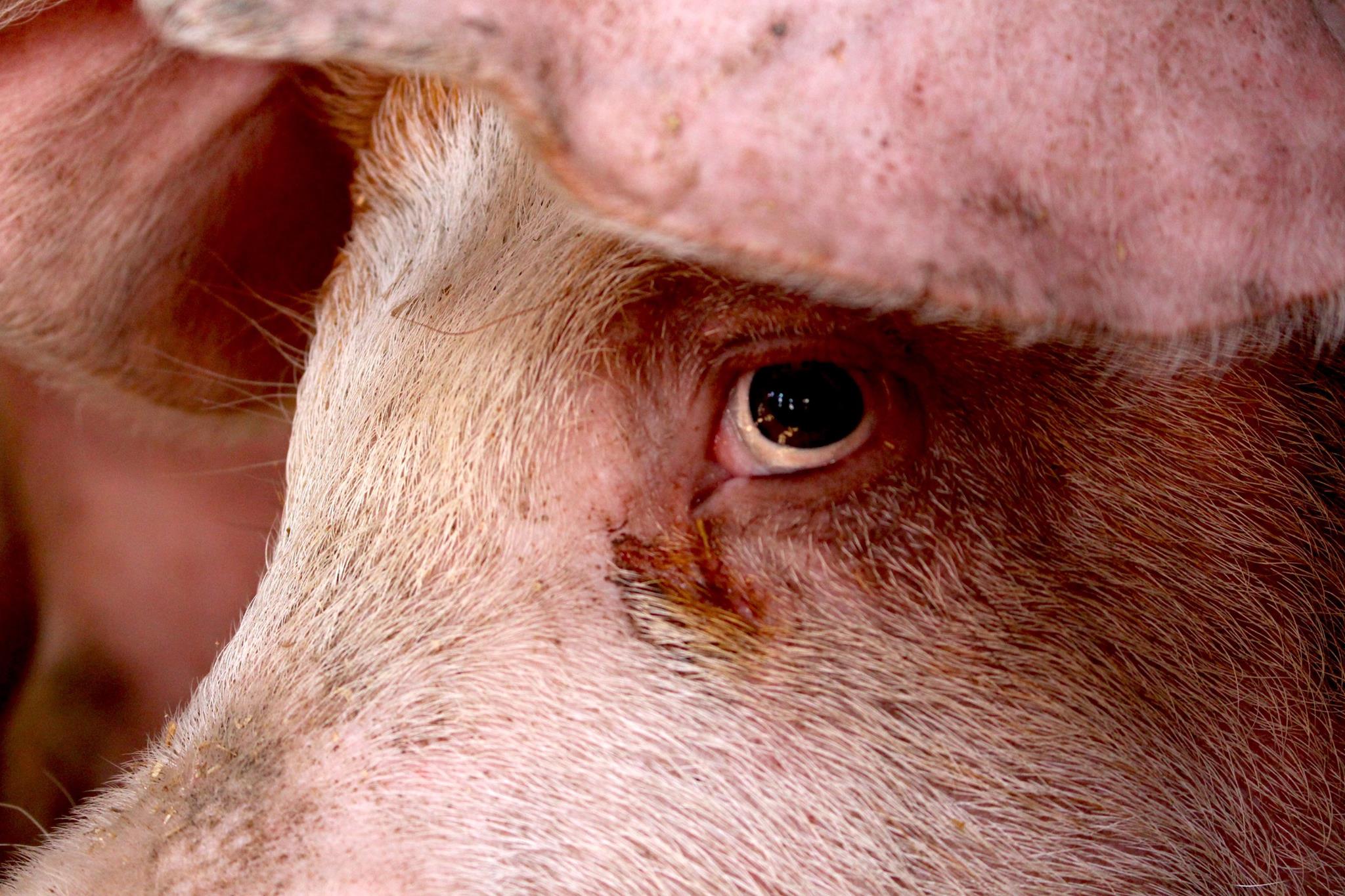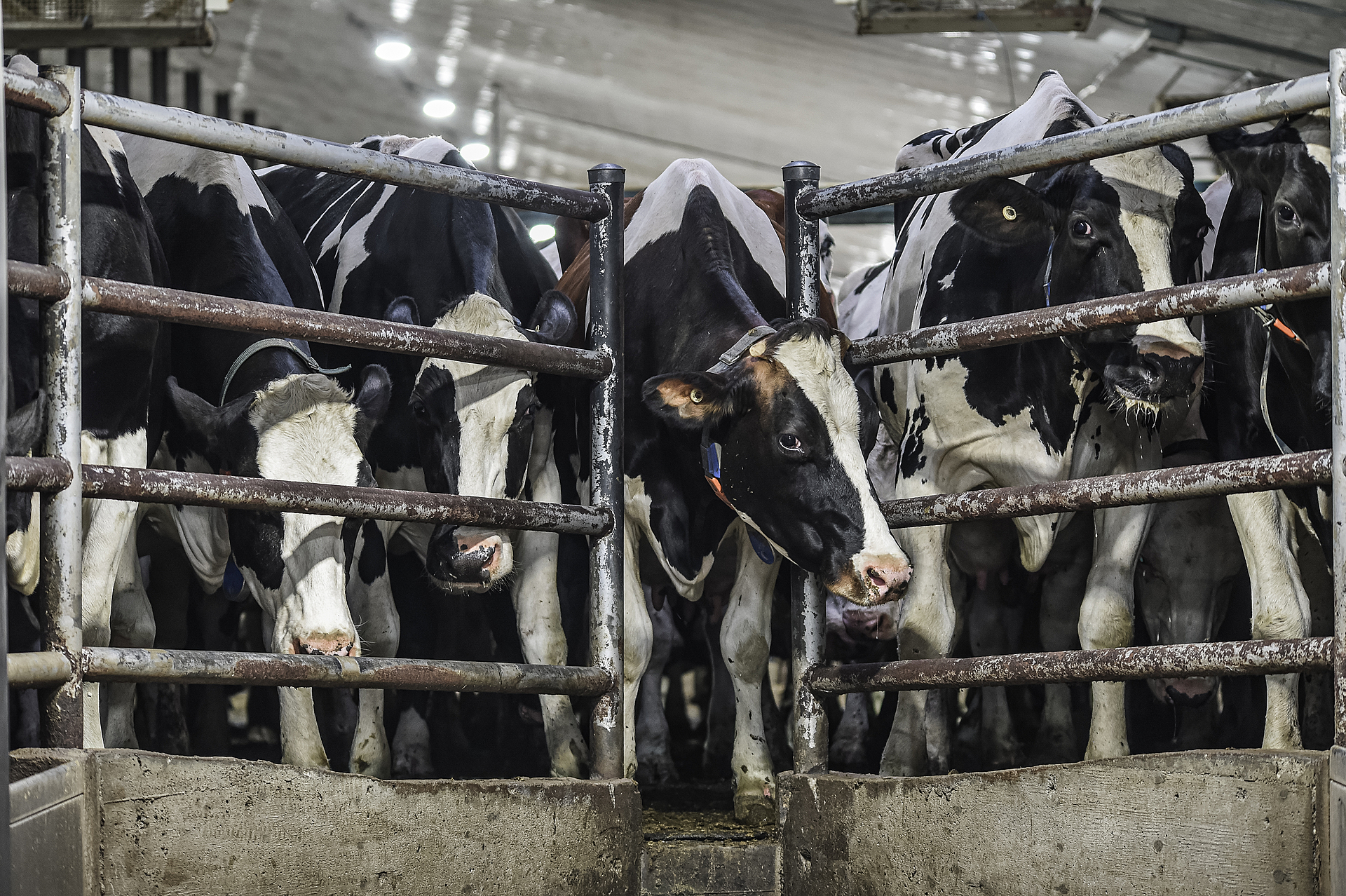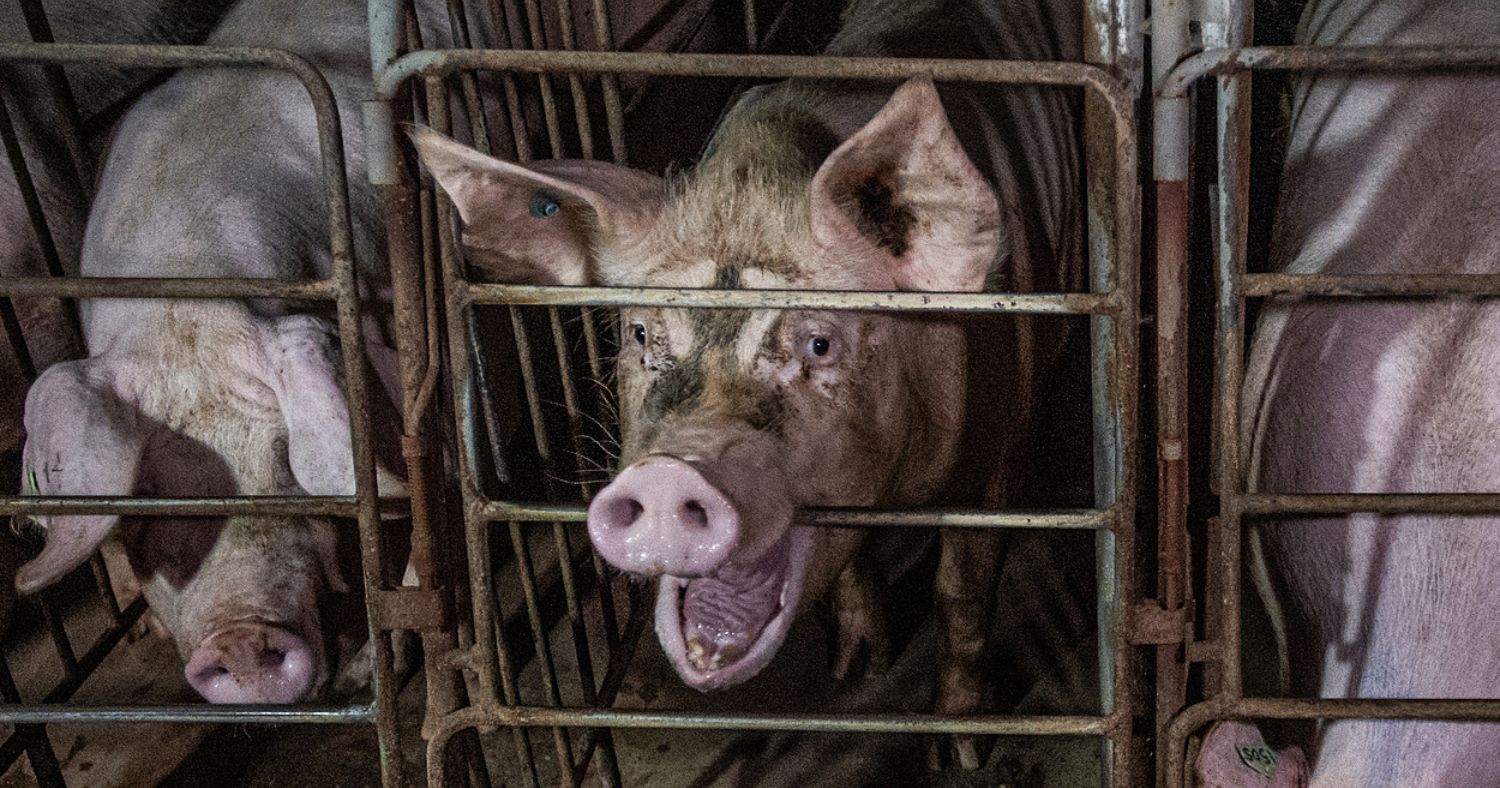Ontario has announced that it’s amending its provincial slaughter regulations. The province will eliminate the need for a veterinarian to conduct post-mortem inspections at a slaughterhouse of an animal killed on a farm. However, a pre-slaughter inspection still needs to be done by a veterinarian on the farm. This will decrease the likelihood that the industry will attempt to truck downed animals to slaughterhouses, causing them even more stress and suffering.
Although the impact on animals will be small, Animal Justice is concerned by the growing trend to make animal welfare regulations more “outcome based.”
“Outcome-based” rules establish only an outcome that a regulated party must achieve. This is the opposite of “prescriptive” rules, which set out exactly how regulated parties must comply with the rules.
For example, saying that it is illegal to overcrowd animals in transport is outcome-based. The outcome is not crowding animals. By contrast, saying that, for example, “the loading density for pigs of around 100 kg should not exceed 235 kg/m2″, as the European Union requires, is prescriptive. What crowding means is measurable using numbers.
Laws must be flexible enough to be adaptive to unique situations, but also predictable and foreseeable for those subject to the laws. Sometimes it is difficult to balance flexibility with predictability. When it is possible to create specific and predictable laws with no real loss to flexibility, it is clearly better for animals that laws are indeed created with specificity and predictability. In other words, as much as possible, it is better for standards to be prescriptive. This ensures animal industries understand exactly what the law requires of them, and ensures law enforcement understands exactly when standards have been met—or violated.
When outcome-based measures are used in situations were prescriptive rules would be more appropriate, a race to the bottom is encouraged. Most animal industries are not over-complying with regulations. They are doing only what they must to stay on the right side of the law. When rules are vague, there’s an incentive is to push the boundaries and do as little as possible.
It is also difficult to enforce vague rules, because law enforcement agencies are also confused about what is required, and unwilling to be zealous in enforcing laws only to face backlash. But when rules are clear, specific, and numbers-based, they are much easier to enforce.
Ontario’s current meat regulation amendment proposes a minor outcome-based modification that would not impact animals. However, we alerted OMAFRA to our objection towards outcome-based rules by filing a submission through their public consultation process.
Thank you for supporting our work to lead the legal fight for animals in Canada. Without you, we would not be able to monitor and influence legal changes like this one.
Join the Animal Justice mailing list



